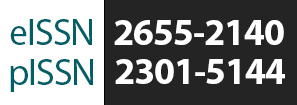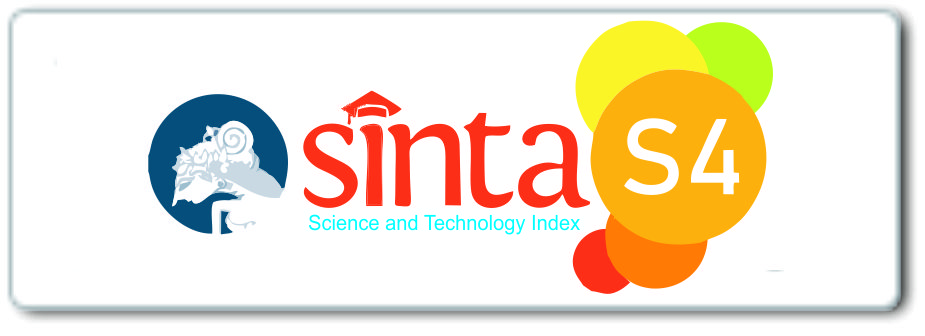Tema procrastination pada film animasi 2D “Udah Besok Aja”
DOI:
https://doi.org/10.34010/visualita.v11i1.8262Keywords:
Animation, frame by frame, 2dAbstract
One of the social criticisms of the young workforce is regarding the attitude of procrastination. This counterproductive attitude needs to be addressed and requires educational media. The main problem is the need for the right media that can convey the message and entertain the target audience. The aim is to create short 2-dimensional animated films with effective techniques. The result is an animated film product entitled Udah Besok Aja, which is produced using the frame by frame technique. The method use 2d animation process. The film Udah Besok Aja presents a story that shows the cause and effect associated with procrastination. Pre-production includes extracting story ideas, synopsis, character design, visual background, to storyboards. Film production includes the process of making images with rough-pass, clean-line, in between and lipsync. The application uses Adobe Animate. Post-production is done by compositing, rendering and publishing. In conclusion, the creation of a short 2-dimensional animated film with the title Udah Besok Aja succeeded in presenting the main message, namely criticism of the attitude of procrastinating work. The message is conveyed through the storyline, the choice of words in the dialogue, and the expression of the main character.
Downloads
Downloads
Published
Issue
Section
License
Authors who publish with Visualita agree to the following terms:
- Authors retain copyright and grant the journal right of first publication with the work simultaneously licensed under a Creative Commons Attribution-NonCommercial 4.0 International License.
- Authors are able to enter into separate, additional contractual arrangements for the non-exclusive public distribution and display of the journal's published version of the work (e.g., post it to an institutional repository or publish it in a book), with an acknowledgement of its initial publication in this journal.
- Authors wishing to include items (such as images or other media, or any creative works of others whether previously published or not) must contact the original copyright holder to obtain explicit permission to publish these items in Visualital. Writing permission should include: the title(s) of any copyrighted work, original place of publication if applicable, and an acknowledgement of having read Visualita copyright notice. Authors are responsible for obtaining this permission and keeping it in their own records for later verification.






